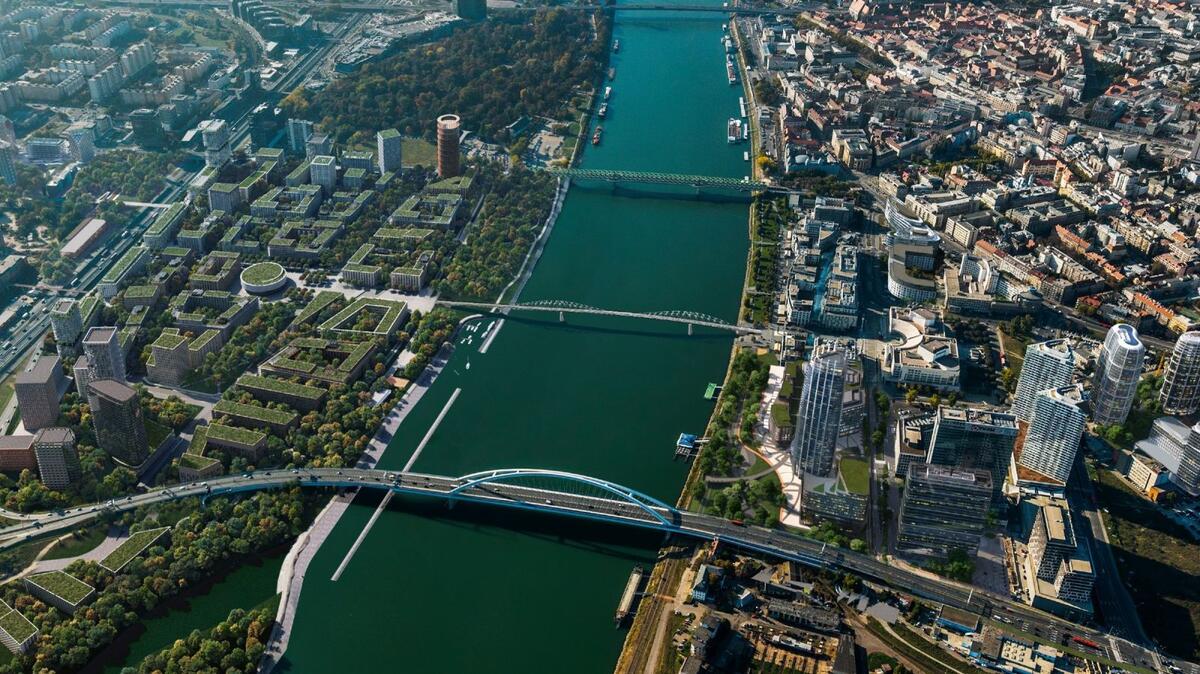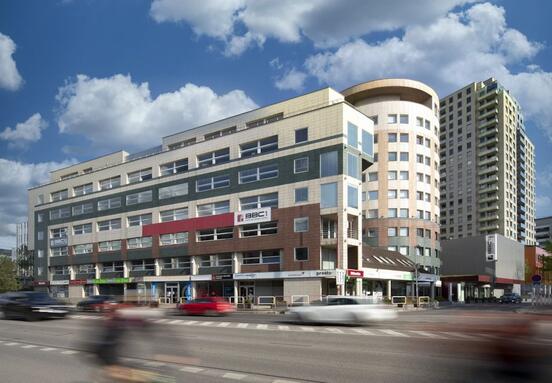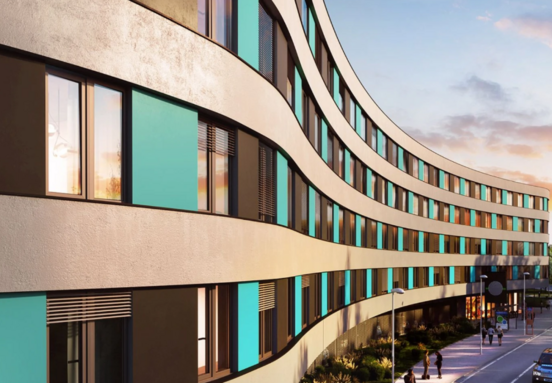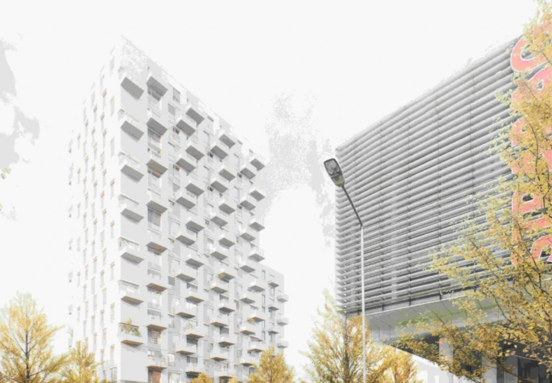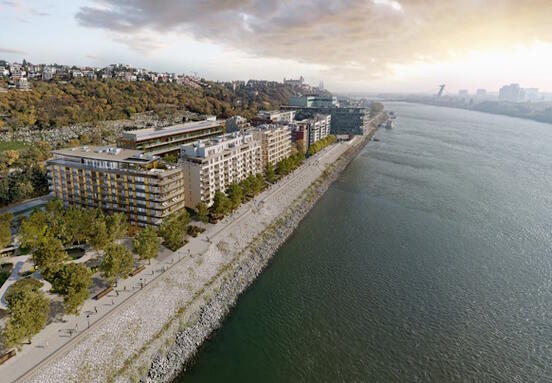57 students, forming 37 research teams, entered the competition. Students completed an online workshop led by the Nový Lid project team. Finally, 18 proposals were submitted by the deadline. These were evaluated by a 15-member jury, composed of representatives of the city, Petržalka, Ružinov and Staré Mesto, representatives of the announcer and participating schools, architects, urban planners and experts in transport constructions.
The jury decided on an equal award for three proposals. According to the jury, these reflect the diverse approach of students to the type of bridge construction and the different way in which it operates, especially in the context of the existing public space of M. R. Štefánik Square. "Two types of approaches emerged in the competition: very realistic, with a responsible static solution and an effort for a comprehensive architectural-engineering design and strong conceptual designs related to issues that were not directly in the assignment - location and type of bridge such as propeller, invisible bridge, tunnel or islands, ”evaluates the jury. She preferred rather realistic proposals.
The best are proposal no. 7 from Karmen Kovačičová and Martin Ščigulinský from the Faculty of Civil Engineering STU, proposal no. 22 by Matouš Pluhař and Ondřej Pecháček from the Faculty of Architecture, CTU Prague and finally design no. 29 by Michal Križ from the Faculty of Architecture and Design STU. In the case of the first design, the appropriate placement of the bridge in the environment on both sides of the Danube is emphasized, in the case of the second the adequacy and progressiveness of the construction solution and in the case of the third interesting expression due to the use of subtle dam construction. The teams also convinced with a quality presentation.
According to the competition conditions, the competition proposals were to be awarded in the categories of Overall Conceptual Design, Architectural Design of the Design, Technical Bridge Solution - one of the best designs in each. However, the members of the jury agreed that in the case of a complex architectural and structural work, such as a bridge, it is not possible and appropriate to separate and separately evaluate the architectural design and technical solution.
